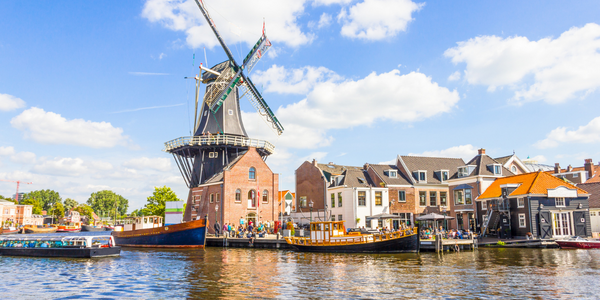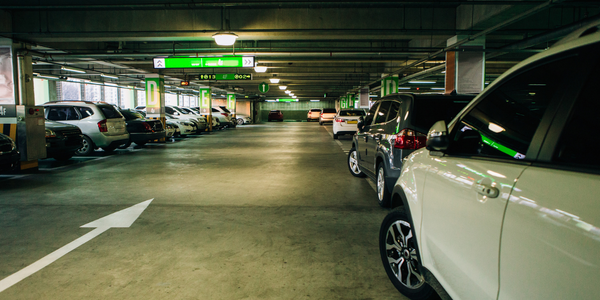公司规模
Large Corporate
地区
- Europe
国家
- United Kingdom
产品
- Aptean Respond
技术栈
- Business Intelligence
- Quality Assurance
实施规模
- Enterprise-wide Deployment
影响指标
- Productivity Improvements
- Customer Satisfaction
技术
- 应用基础设施与中间件 - 数据交换与集成
适用行业
- 城市与自治市
适用功能
- 质量保证
服务
- 系统集成
关于客户
埃塞克斯郡议会是位于切姆斯福德的上级地方当局,也是埃塞克斯郡的主要公共部门机构。议会负责公路、社会福利、基础设施和教育等事务。自 2008 年以来,议会一直在使用 Aptean 的投诉和反馈管理解决方案 Respond 来管理入站查询和投诉,包括地方政府监察员 (LGO) 投诉、首席执行官信函、企业和社会福利法定投诉、会员服务查询(为郡议员提供的服务)以及信息自由和环境影响监管请求。虽然埃塞克斯 CC 的初始 Respond 系统在实施时符合用途,但埃塞克斯 CC 意识到其自身技术和 Respond 的技术从那时起都取得了长足的进步。
挑战
埃塞克斯郡议会 (Essex CC) 自 2008 年以来一直使用 Aptean 的 Respond 系统来管理入站查询和投诉。然而,随着技术和议会自身流程的发展,旧版 Respond 已难以满足议会的需求。议会需要更清晰地报告 Respond 中的数据,而旧版难以满足这一需求。缺乏商业智能 (BI) 使得埃塞克斯 CC 难以找到问题的根源并在整个议会范围内采取预防措施。议会还需要公开报告法定投诉数据,而使用旧版 Respond 很难提取这些数据。总体而言,报告流程非常手动,包括运行不同的报告,然后在系统外合并它们。议会还发现质量保证 (QA) 流程效率低下,该流程手动且耗时,并且容易出错。委员会需要一个简单的界面来显示用户的进度,并允许他们从更长的查询或投诉类型列表中进行选择,并在需要时进行更新。
解决方案
Essex CC 认为最有效的解决方案是升级到最新版本的 Respond,而不是从头开始采用完全不同的解决方案。升级将能够支持他们持续的需求,并为他们提供所需的洞察力和效率。最新版本的 Respond 是案例和投诉管理技术的一次飞跃,该版本非常适合 Essex CC 与其改进的内部流程保持一致。与 Aptean 的客户解决方案团队密切合作,升级于 3 月最后一天完成,两天后由议会员工使用。最新版本的 Respond 具有新的和改进的工具,为 Essex CC 提供了他们所需的报告清晰度,以及可管理的工作流程和 QA 流程。
运营影响

Case Study missing?
Start adding your own!
Register with your work email and create a new case study profile for your business.
相关案例.

Case Study
Turning A Stadium Into A Smart Building
Honeywell created what it called the “intelligent system” for the National Stadium in Beijing, China, turning the venue for the opening and closing events at the 2008 Summer Olympics into a “smart building.” Designed by highly controversial artist Ai Weiwei, the “Bird’s Nest” remains one of the most impressive feats of stadium architecture in the world. The 250,000 square meter structure housed more than 100,000 athletes and spectators at a time. To accommodate such capacity, China turned to Honeywell’s EBI Integrated Building Management System to create an integrated “intelligent system” for improved building security, safety and energy efficiency.
.png)
Case Study
Smart Street Light Network (Copenhagen)
Key stakeholders are taking a comprehensive approach to rethinking smart city innovation. City leaders have collaborated through partnerships involving government, research institutions and solution providers. The Copenhagen Solutions Lab is one of the leading organizations at the forefront of this movement. By bringing together manufacturers with municipal buyers, the Copenhagen Solutions Lab has catalyzed the development and deployment of next-generation smart city innovations. Copenhagen is leveraging this unique approach to accelerate the implementation of smart city solutions. One of the primary focus areas is LED street lighting.

Case Study
Buoy Status Monitoring with LoRa
The Netherlands are well-known for their inland waterways, canals, sluices and of course port activities. The Dutch Ministry of Infrastructure indicates that there are thousands of buoys and fixed items in and near water environments that would profit from IoT monitoring. One of the problems with buoys for example, is that they get hit by ships and the anchor cable breaks. Without connectivity, it takes quite some time to find out that something has happened with that buoy. Not to mention the costs of renting a boat to go to the buoy to fix it. Another important issue, is that there is no real-time monitoring of the buoys at this moment. Only by physically visiting the object on the water, one gains insight in its status.

Case Study
Barcelona Case Study
Barcelona’s heavy traffic and its associated high levels of pollution were the primary factors that motivated some companies and universities to work on strategies for improving traffic in the city centre. Bitcarrier is one of the technologies involved in the In4Mo Project, whose main objective is to develop the applications that form the core of smart mobility, one of the fundamental pillars of the smart city concept.

Case Study
China Mobile Smart Parking
Smart Parking, powered by NB-IoT technology, is making it easier for drivers to find free parking spots. Cities can better manage their parking assets and maximize the revenue available to them as a result. Drivers searching for parking create congestion and pollution by circling and hunting for available parking. Smart Parking services are able to significantly ease these problems by guiding a driver directly to a parking space.








